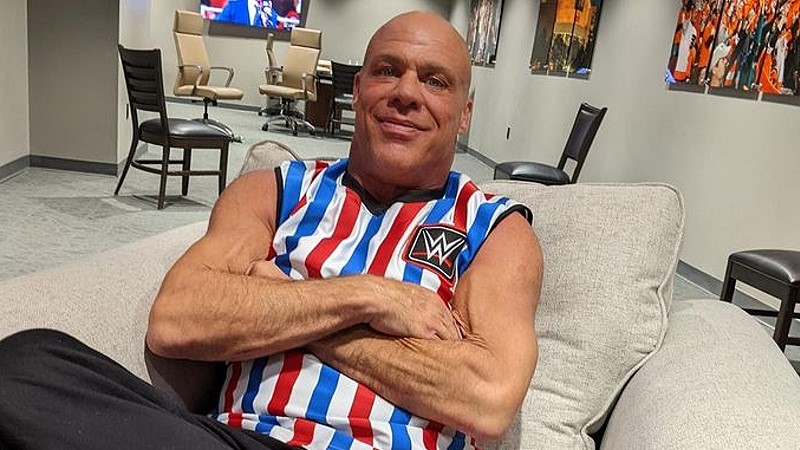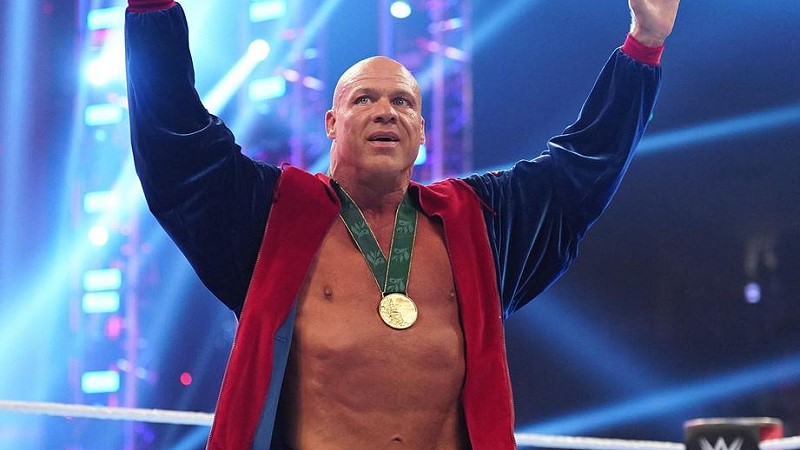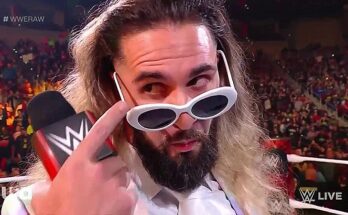
The Average Age When Most Wrestlers Make It Big – Every sport has a different standard for when athletes get inducted into the big leagues and reach their prime. When we look at each one’s primary goal and requirement, whether it’s speed, power, endurance, or precision, it’s only natural that some sports require a younger player pool than others. But on some occasions, the number matters less. Take NASCAR, for example, where drivers are found to perform their best at 39 years old. So, what about wrestling, where athletes need to keep up with the physical and mental exhaustion the sport requires?

Making It in Wrestling
In wrestling, the definition of ‘making it’ can vary depending on what types of wrestling you do. For example, making it in collegiate wrestling means getting scouted to be part of a pro wrestling league. If you’re aiming to make it to the Olympics, it could mean qualifying for your national team. In professional wrestling, you might get to sign with the WWE and become a mainstream celebrity, just like The Rock.
A common thread that all of these have is that your wrestling skills need to be up to par, just like the many online casinos featured on casinos.com need to be top-tier to stand out in a competitive industry. Your takedowns need to be explosive, your escapes need to be sharp, and your agility needs to be good enough to outmanoeuvre your opponent.
The Pro Debuts of Wrestling Stars
If we look at the pro debuts of wrestling icons in recent history, what kind of patterns can we see? Unlike sports like football and basketball, it’s rare for wrestlers to debut in the sport and immediately become a star. It typically takes time for them to get to the top. In pro wrestling, we saw Hulk Hogan debut at the age of 24, but he only became famous in his early 30s. With John Cena, he experienced a similar timeline, debuting at 23 and becoming one to watch at around 28 years old.
Kurt Angle is known for having an incredibly successful youth wrestling career. He was renowned in the state as a high school wrestler and then went on to wrestle in college at the amateur level. It took him time to climb the ranks and finally win gold at the World Championships and Olympic Games when he was 30 to 31 years old.
Judging by these few examples alone, it seems like the prime age for Olympic wrestlers is 23 to early 30s, with pro wrestling in the AEW and WWE requiring a little more developmental time. Many wrestlers in this genre take longer to reach peak popularity and often need to gain more experience as performers at the same time.
What Affects a Wrestler’s Rise to Fame?
It’s clear that amateur and Olympic wrestling differ vastly from professional wrestling. After all, the focus of Olympic wrestling is purely the technique and endurance gained from training. Technical ability is all that players have to stand out among the crowd, which can make it more difficult to earn stardom. In the pro wrestling sphere, there’s a much higher emphasis on showmanship and the ability to captivate a crowd. While wrestling skills are still important, these wrestlers have the chance to showcase their charisma, participate in smaller promotions, and leverage social media.
For both types, being at the right place at the right time is also a big factor in making it big. Whether it’s being noticed by the right promoters or scouts, wrestlers should actively participate in as many events—including national and international competitions—as possible. It’s about staying proactive. That part is much like any other sport, where success is about putting in the hard work, staying consistent, and making yourself visible to the right people whenever possible.
How Has the Average Prime Age in Sports Changed Over Time?
While we’ve looked at a few examples of wrestlers from the past, the reality is that people nowadays can achieve more at older ages compared to their predecessors. Real, hard data comparing the average age of WWE stars in 2023 to 2013 shows that those competing in Raw in 2023 were just above 36, whereas the average age in 2013 was just over 32. Looking even further back, the age continues to decrease, signalling that an athlete’s prime doesn’t have to end so early after all.
The BBC raised a sound point—the long-held belief that the younger the athlete, the better they are at sports. Despite this preconceived notion, sportspeople are now more mature than they have ever been. Ronaldo and Messi, for example, have been consistently at the top of their game, winning the Ballon d’Or 10 times in a row between them.
Wrestling, in contrast, hasn’t shared this sentiment for a long time. The more time a wrestler spends in the professional ranks, the more experience and practice they’re able to gain and the better they become. Many wrestlers start late, some even in their 30s and 40s, which is great news for wrestlers who don’t necessarily have the privilege of training in childhood or who became infatuated with the sport later on.
With wrestling, it seems like the timeline to success is more flexible. And with so many improvements in recovery and physical conditioning methods, we’re bound to see older athletes making it big become more commonplace.
The Average Age When Most Wrestlers Make It Big


